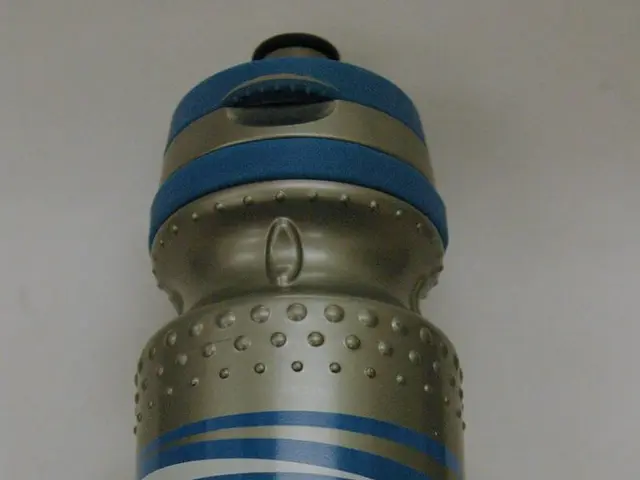Harvard's Quantum Leap: First Computer Runs Over Two Hours
Harvard's quantum computing team has made a significant stride. They've developed the first quantum computer to run continuously for over two hours, potentially indefinitely. This breakthrough could bring practical quantum applications closer than ever before.
The new platform, hosting 3,000 qubits, operates without frequent restarts. It injects 300,000 atoms per second to counteract qubit loss, ensuring a robust supply chain. This endurance allows for complex calculations while preserving quantum coherence.
The system's dynamic, fault-tolerant architecture actively repairs errors in real time. This shift focuses quantum computing from raw speed to endurance, enabling real-time testing of encryption schemes and acceleration of drug discovery pipelines.
Harvard's breakthrough could accelerate the timeline for practical quantum applications to as soon as three years. The stable, enduring quantum platform could redefine what's possible in computation, driving innovation across science and industry. The next steps involve integrating error-correction codes, scaling the qubit count, and ensuring a robust atom supply chain.
Read also:
- Two farmers in Zambia take legal action against two firms with Chinese connections, alleging an ecological disaster caused by their operations.
- Deepening EU-India relations despite apprehensions regarding Moscow connections
- Ongoing Transition Towards Cleanliness
- Biden-Harris Administration's Public Lands Rule Sparks Utah Dispute







